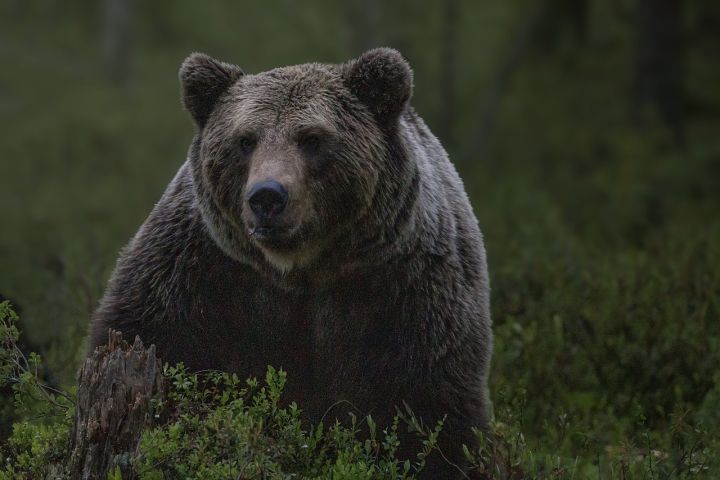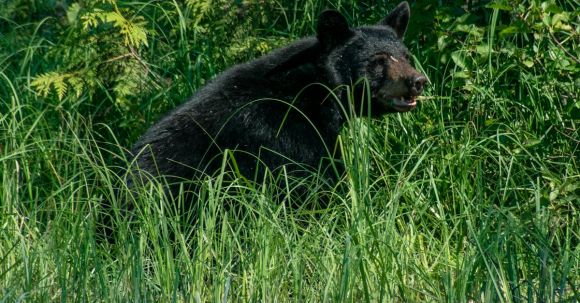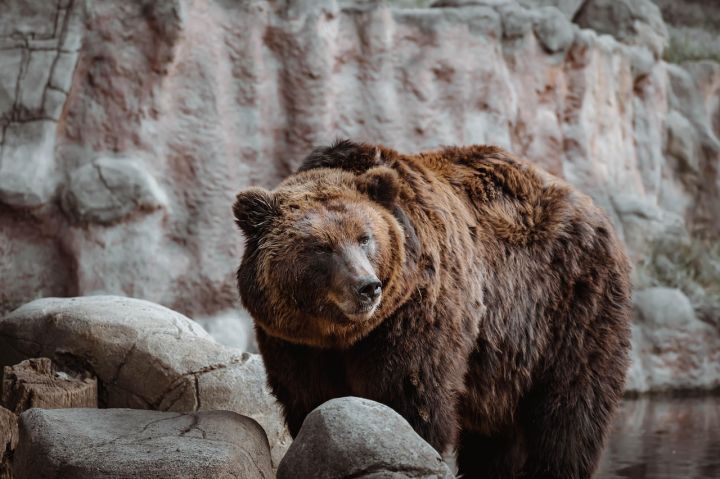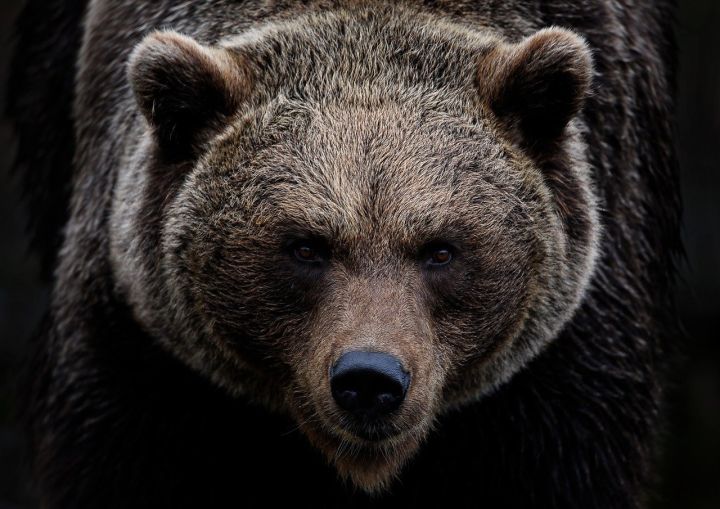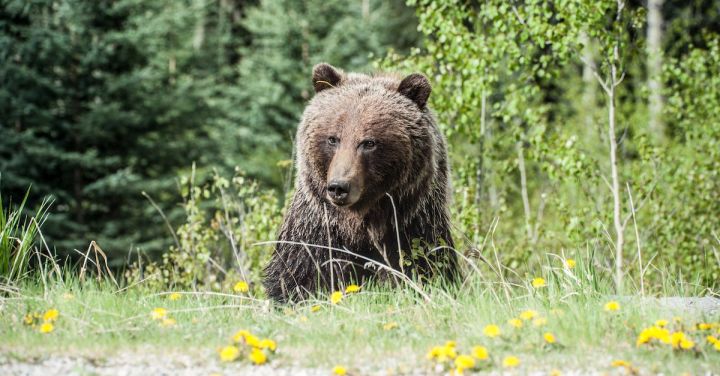What Are the Best Conservation Practices in Bear Habitats?
Bears are majestic creatures that play a crucial role in maintaining a healthy ecosystem. However, due to habitat loss, climate change, and human activities, bear populations are facing significant challenges. Conservation efforts are essential to protect bear habitats and ensure the survival of these incredible animals. In this article, we will explore some of the best conservation practices that can be implemented in bear habitats.
Protecting Bear Habitat
One of the most effective ways to conserve bear populations is by protecting their habitats. This involves identifying and designating areas that are crucial for the survival of bears, such as forests, mountains, and wetlands. These protected areas should be managed to maintain the necessary resources for bears, including food, water, and shelter.
Creating Wildlife Corridors
Wildlife corridors are essential for facilitating the movement of bears between different habitats. These corridors connect fragmented landscapes and allow bears to access new areas for foraging, breeding, and dispersal. By establishing and maintaining wildlife corridors, we can enhance the genetic diversity of bear populations and reduce the risk of inbreeding.
Minimizing Human-Bear Conflict
Human-bear conflict is a significant threat to bear populations, as it often leads to the loss of bears’ lives. To minimize such conflicts, it is essential to implement measures that deter bears from human settlements. This can include using bear-resistant trash cans, electric fencing, and providing education to local communities on bear behavior and how to safely coexist with them.
Promoting Sustainable Forestry Practices
Forests are vital for bear habitats, as they provide food, cover, and denning sites. However, unsustainable logging practices can degrade these habitats and negatively impact bear populations. To address this, promoting sustainable forestry practices is crucial. This includes selective logging, reforestation efforts, and protecting key areas within forests that are important for bears.
Enhancing Food Availability
Food availability plays a significant role in the survival and reproductive success of bears. By enhancing food availability, we can help support healthy bear populations. This can be achieved by planting native fruit-bearing trees and shrubs, restoring salmon runs in rivers, and implementing policies that protect the natural food sources of bears.
Reducing Poaching and Illegal Trade
Poaching and illegal trade pose a severe threat to bears, especially for species such as the Asiatic black bear and the sun bear. These bears are hunted for their body parts, which are believed to have medicinal properties. To combat this, strict enforcement of anti-poaching laws and international regulations is necessary. Increasing public awareness about the consequences of poaching and the importance of bear conservation can also help reduce demand for bear products.
Collaboration and Research
Conservation efforts in bear habitats require collaboration between government agencies, non-profit organizations, local communities, and researchers. By working together, we can develop effective conservation strategies, share knowledge and resources, and monitor the success of these initiatives. Research is also crucial for understanding bear behavior, population dynamics, and the impact of conservation efforts, which can inform future conservation practices.
Conclusion
Conserving bear habitats is essential for the long-term survival of these magnificent creatures. By protecting their habitats, creating wildlife corridors, minimizing human-bear conflict, promoting sustainable forestry practices, enhancing food availability, reducing poaching, and fostering collaboration and research, we can make a significant difference in ensuring the well-being of bear populations. It is our responsibility to take action now and implement these best conservation practices to secure a future where bears continue to thrive in their natural habitats.
